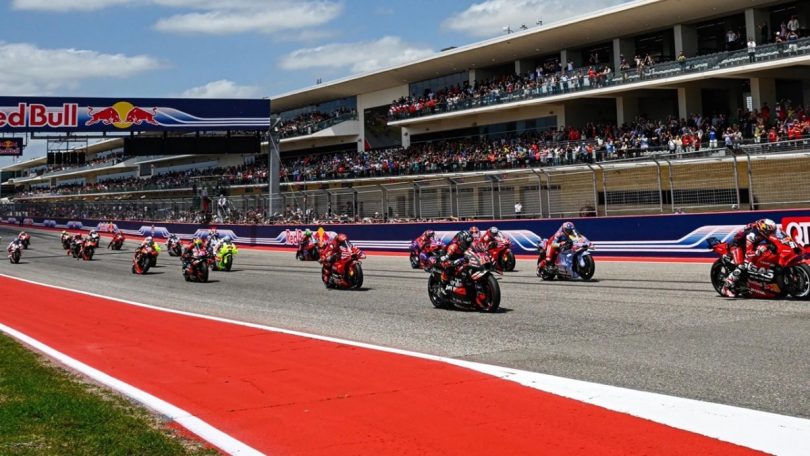MotoGP has announced its new regulations which will go into action from the 2027 race calendar. The new rules feature big changes for the motorcycles, improvements on safety and also pledges to make the sport more sustainable and even more spectacular. In addition to this, MotoGP also claims that the new machines will be more road relevant. The new rules will also bring with them more efficiency, powering global sustainability. The 2027 new regulations have also been designed to create even better racing and even more overtaking.
Engine
MotoGP has revealed that the engine capacity will be reduced from 1000cc to 850cc from 2027 season. This will not only increase mileage, making it more efficient and sustainable but also reduce speeds making the sport safer. MotoGP is also limiting the maximum bore on the cylinders.
The bore size will see a reduction from 81 to 75 millimetres, limiting performance and adding safety. According to MotoGP this will be more road-relevance and also preserve the essence of MotoGP. The maximum number of engines allowed for each rider in a season will also be reduced from 7 to 6.
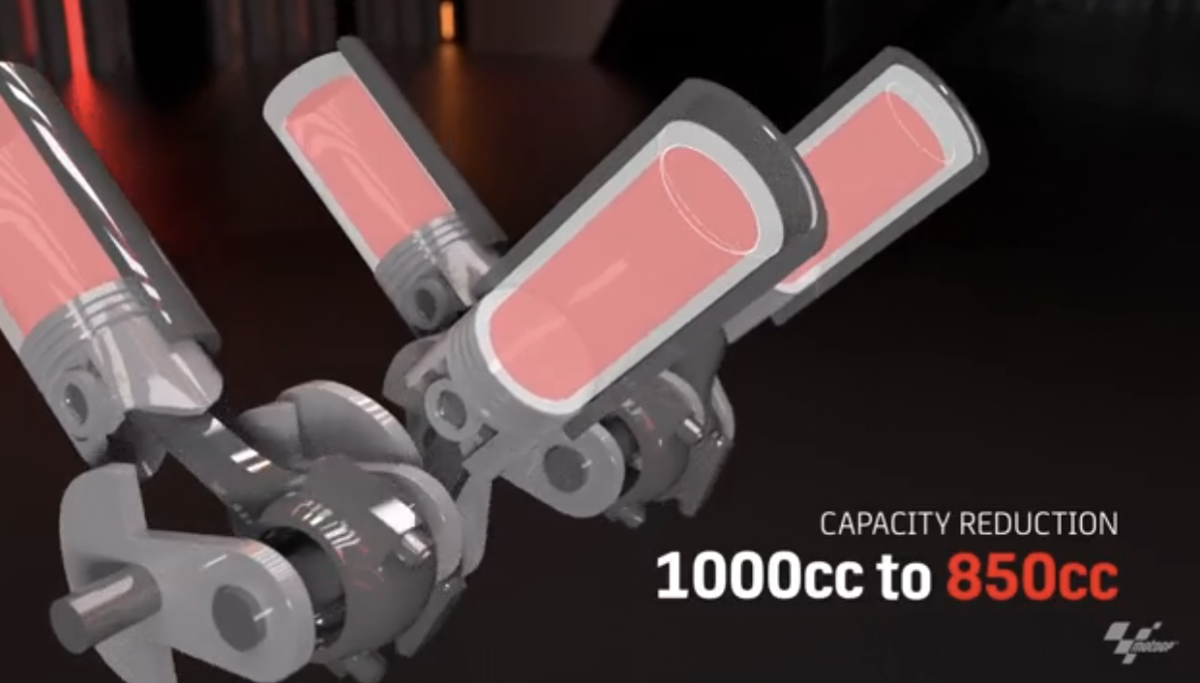

Fuel
As the smaller engine are said to be more fuel efficient, MotoGP is also reducing the Fuel Tank capacity from 22-litres to 20-litres. For the Tissot Sprint riders will be allowed to use 11 litres. MotoGP is already working with manufacturers and fuel suppliers to develop sustainable drop-in fuels. This means sustainable fuel that are ready to use in the billions of standard engines and everyday vehicles around the world. This season (2024) the MotoGP class has minimum 40% non-fossil origin fuel and by 2027 MotoGP has announced to use 100% non-fossil origin. These sustainable fuels will be either laboratory-created, from a carbon capture scheme or from waste and non-food biomass.
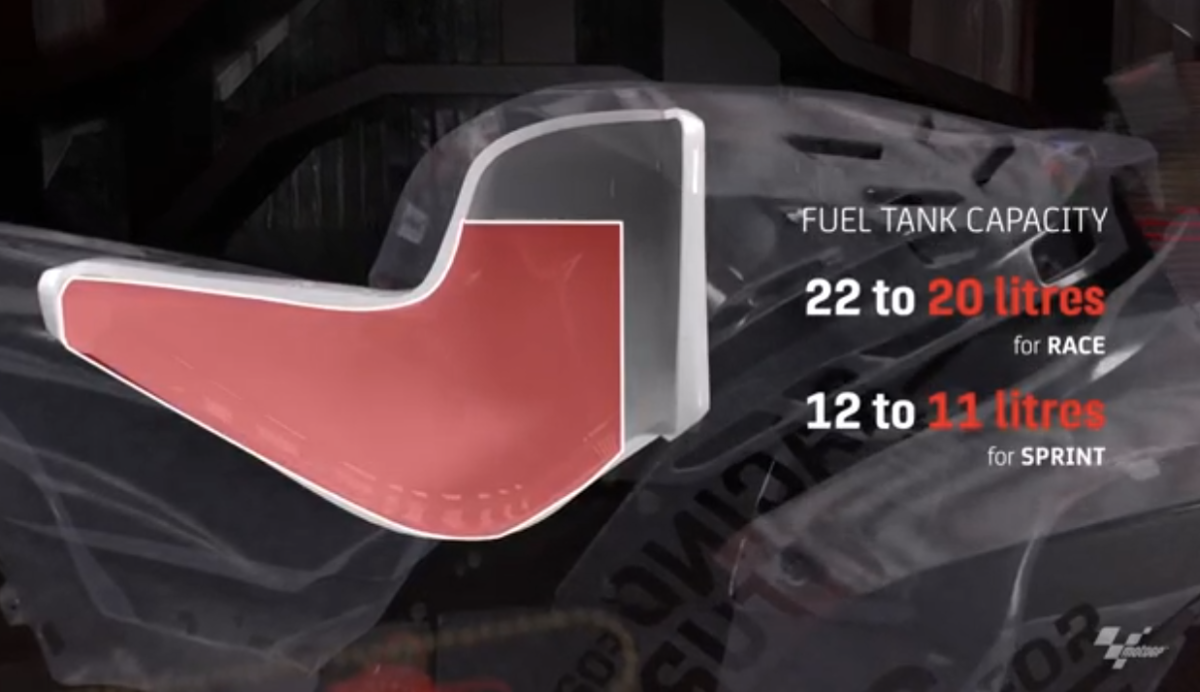
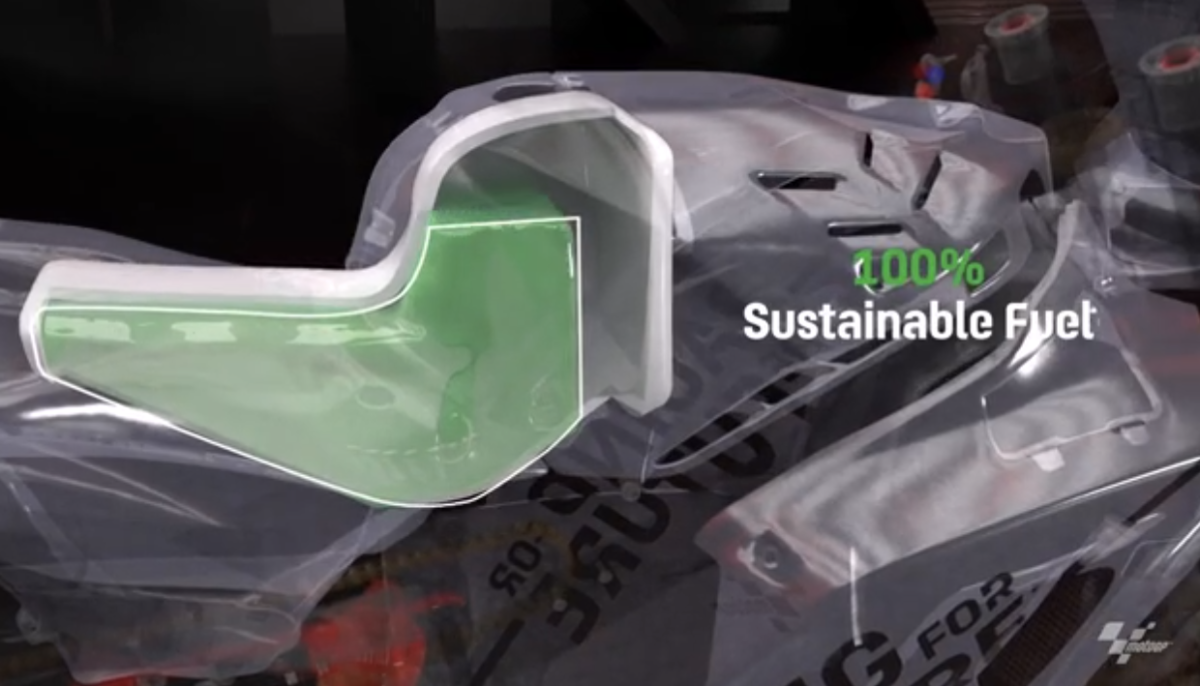
Aerodynamics
MotoGP will have a tight control over the aerodynamics aspect of the motorcycles to reduce the negative effects of it. From 2027, the top of the front fairing will be 50mm narrower and the nose pushed back by 50mm. This will reduce the effect of aero on the straights and the braking areas, bringing riders closer and have more overtaking. To control costs, the rear aero surfaces will also be part of the homologation from 2027 and teams will only be able to update it once per season.

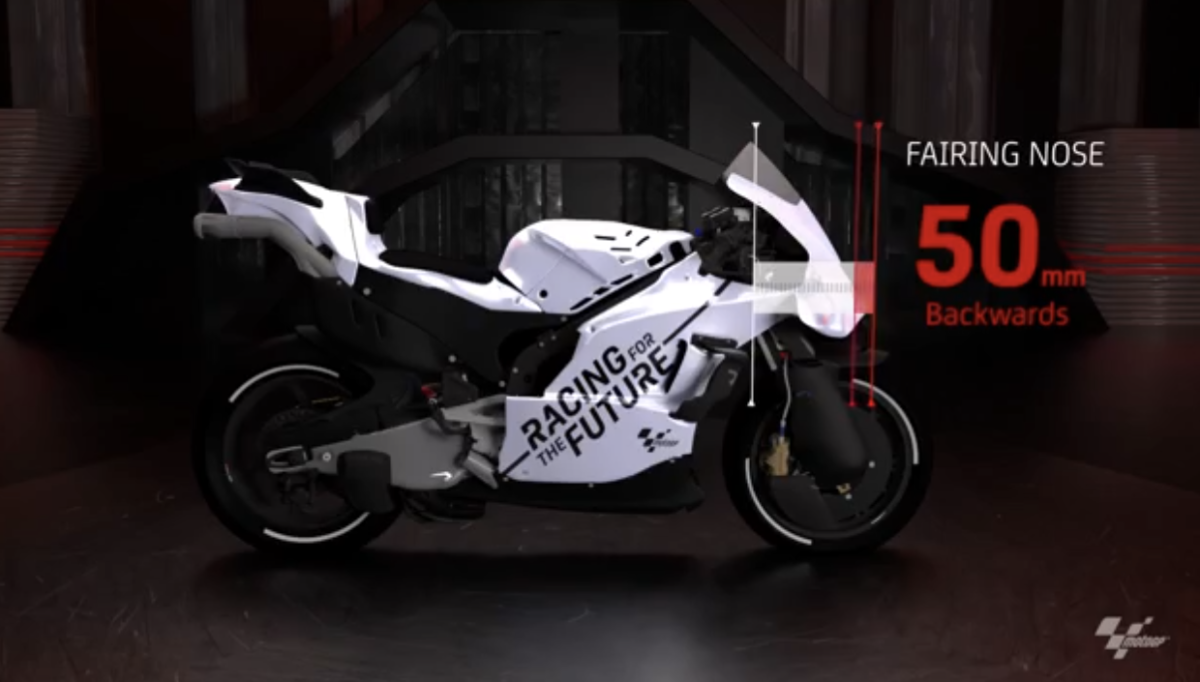
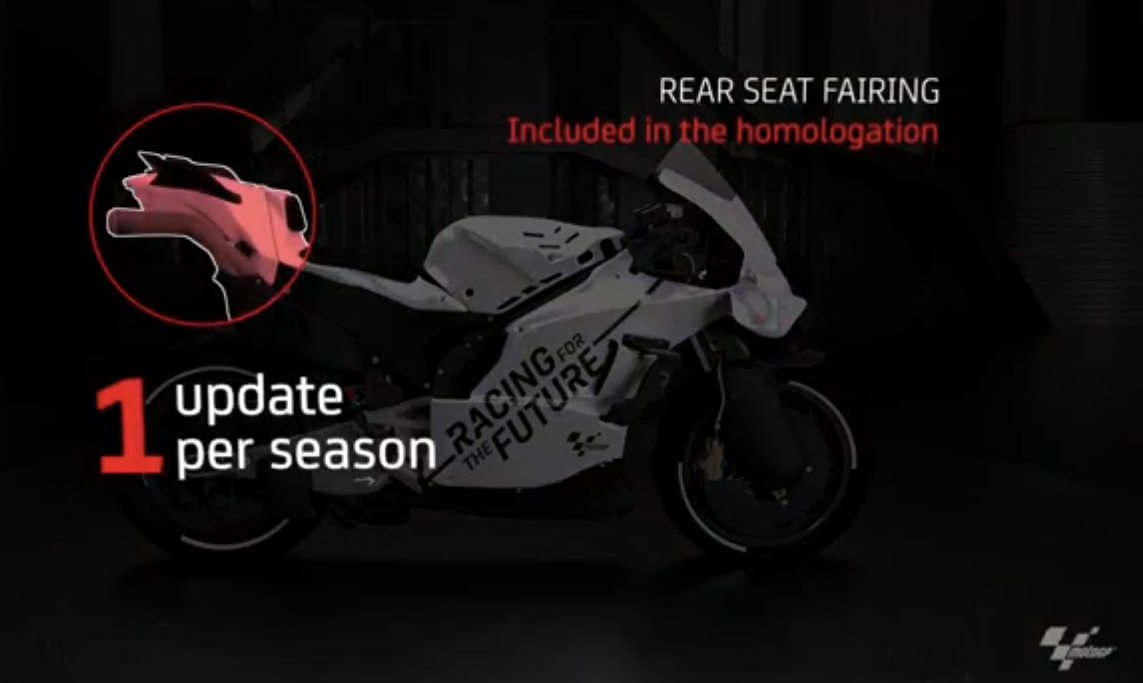
Ban on All Holeshot and Ride-Height Devices
From 2027 all Holeshot devices which help with the launch of the motorcycle will be banned. Ride-height devices which also offer an advantage while accelerating out of a corner will be banned from 2027. This will be done to control performance and also make the sport safer. In addition to this, banning the holeshot and ride height devices will place more emphasis on the skill of the rider than the performance of the machine.
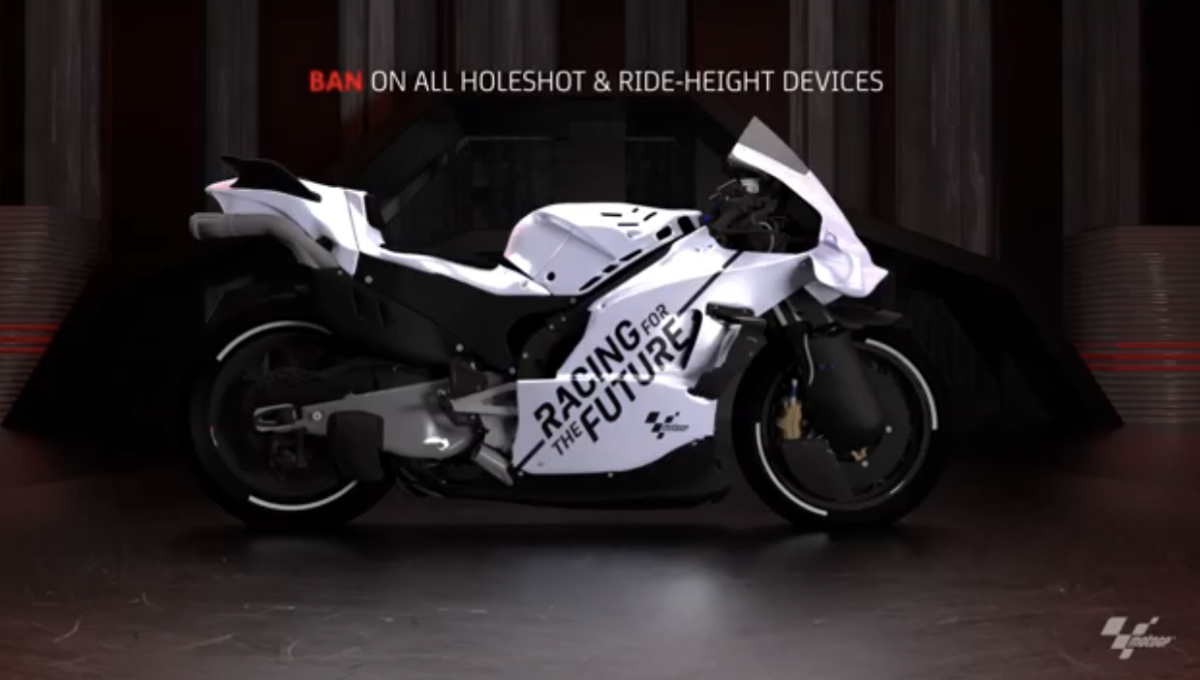
GPS Data Availability
GPS data from all riders will be available to all teams after each session. This will offer a better opportunity to progress for the less performing teams and riders and also control costs. The Data sharing will also offer more insights to MotoGP fans around the world.

Also Read: Yamaha India is Official Sponsor of Monster Energy Yamaha MotoGP Team

